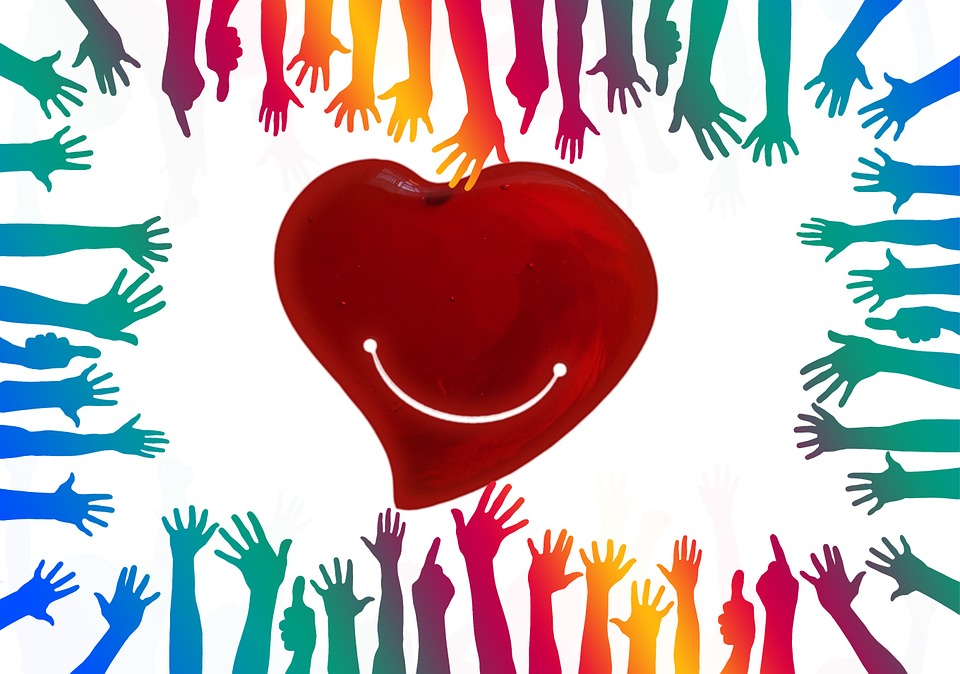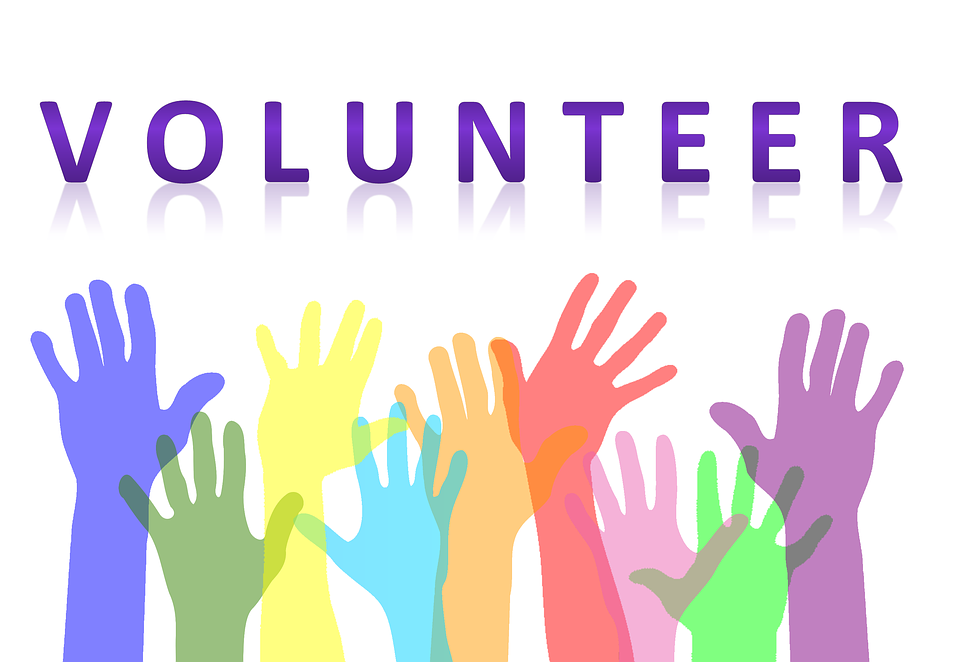Although this has been a difficult year for everyone, it has been especially difficult for families in underserved communities, who have been disproportionately impacted by the COVID-19 pandemic.
As we enter this season of giving, I ask that you consider volunteering or donating to one of the local organizations who are addressing the critical needs of these communities. Group volunteer activities are not advisable at this time, but you can volunteer individually, following the organization’s health and safety guidelines. Some organizations even have virtual volunteer opportunities. And all organizations can use donations. Here are a few suggestions.
Second Harvest Food Bank needs help packing and sorting the food it collects and provides to people in need in the community. They also need donations. Find out more here: https://www.shfb.org/give-help/volunteer/
The Family Giving Tree has volunteer opportunities in their warehouse. You must register in advance and adhere to their protocols. Find out more here: https://familygivingtree.org/
Sacred Heart needs volunteers for their holiday program to drop off turkeys, hams and other items to unhoused community members, and to work in their food pantry. Find out more here: https://sacredheartcs.org/
HandsOn Bay Area offers virtual volunteer projects in the areas of wellness calls, career readiness, education and more. Find out more here: https://www.handsonbayarea.org/virtualvolunteering
In addition to giving back to the community, it’s also important at this time of year to say “thanks” to your employees, customers and vendors.
Thank employees – some suggestions
Say “thank you” individually. Encourage managers to make the time to thank each of their team members individually for contributing to the success of the organization, and for their extra efforts during these challenging times. A personal thank you a via phone call or note is much more meaningful than a group thank you during a Zoom call.
Give a gift or cash award. Send a gift, gift card or bonus in addition to the personal thank you. It doesn’t have to be expensive, but it should be meaningful.
Give a half-day off for shopping. Help employees avoid the weekend crowds by giving them a half-day off during the season to do some shopping.
Thank customers and vendors
Send a written thank you note. Yes, it sounds “old school,” but emails can get missed and easily deleted. Write a personal note expressing your gratitude for their business and include something specific to make it personal. It will be remembered and appreciated far more than a form letter or template.
Send a gift. Send cookies, a logo item, or some other treat to show your gratitude for their business.
Acknowledge them. Say “thank you” to your top customers and in your company newsletter, on your website, or through your social media channels.
Make a referral. Word-of-mouth is the best form of advertising, and referring someone to one of your vendors is a great way to say “thank you.”
And don’t limit saying “thank you” to just this season. Make your employees, customers and vendors feel appreciated every day. It’s a small investment with a very big return.
Thank you! For following my blog and providing your comments and feedback!
Happy Thanksgiving!




 American consumers, and increasingly, American workers, have many choices these days in terms of the companies they choose to buy from or work for. And many are making their buying and/or employment decisions based on a company’s social responsibility. How does it give back to the community? How does it support sustainability? How does it treat its employees, customers, suppliers, and partners? How does it rate in integrity, valuing diversity, and gender equality? What are the company values and are they adhered to?
American consumers, and increasingly, American workers, have many choices these days in terms of the companies they choose to buy from or work for. And many are making their buying and/or employment decisions based on a company’s social responsibility. How does it give back to the community? How does it support sustainability? How does it treat its employees, customers, suppliers, and partners? How does it rate in integrity, valuing diversity, and gender equality? What are the company values and are they adhered to?
 As you gather with friends, family and colleagues this holiday season, please remember those in your community who are less fortunate. This can be an especially difficult time of year for them.
As you gather with friends, family and colleagues this holiday season, please remember those in your community who are less fortunate. This can be an especially difficult time of year for them.


